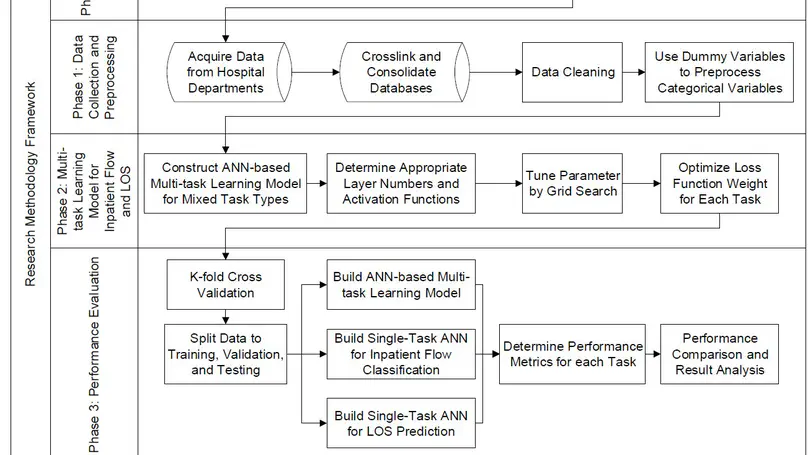Biography
Dr. Lu He is a faculty of Supply Chain Management in the Department of Marketing, Quantitative Analysis, and Business Law. Dr. He is a fellow of Community Engaged Learning and has taught courses in supply chain management, data mining, statistics and business decision analysis. Her research interests include systematically optimizing resources through multi-task prediction and predictive-driven mixed integer programming, decision support systems, and strategic planning.
- Artificial Intelligence
- Resource Optimization
- Decision Support System
PhD in Industrial and Systems Engineering, 2020
State University of New York at Binghamton
MS in Industrial and Systems Engineering, 2015
State University of New York at Binghamton
BM in Logistics Management, 2014
Southeast University
Skills
90%
100%
90%
90%
90%
90%
Experience
Taught both online and face-to-face courses include:
- Business Decision Analysis
- Statistical Analysis and Business Decisions
- International Logistics
- International Supply Chain Management
Conducted continuous improvement projects for various healthcare departments among seven hospital campuses, my responsibilities include:
- Clean and analyze clinical data using Excel, Minitab, Access, and Python
- Devise optimization tools (Excel Solver) and simulation models (Simio) to enhance scheduling accuracy and process efficiencies
- Developed reports/dashboards (Excel/Access) to track clinical performance
Accomplishments
Featured Publications

Inpatient unit resources are among the most expensive and valuable resources for healthcare organizations. Inpatient resources such as room, bed, and medical devices can be more efficiently managed if we can predict inpatient flow and length of stay (LOS) before admission and inpatient bed assignment [1]. Patient LOS prediction has been researched individually using classical machine learning methods, such as linear regression, regression trees, random forest, and neural networks for a long time. Inpatient LOS and flow share many common features in training predictive models because both are closely related to relevant features such as recovery status and surgery types. Besides, these two tasks are closely related. For example, a patient with a more complex inpatient flow tends to have a longer LOS. This paper is the first comprehensive study that links them together as multi-tasks and develops an artificial neural network-based multi-task learning model (ANNML) for mixed types of task prediction in inpatient LOS and flow identification. The constructed multi-task learning model was tested on a real-life dataset collected from a large hospital in New York City and compared with four single-task learning models. The results show that ANNML can use the most relevant features to achieve a better prediction accuracy for both task types and has less overfitting and testing variance than single-task learning models.
Recent Publications
Contact
- lhe@business.msstate.edu
- 662 325 05 40
- 75 B. S. Hood Rd, Mississippi State, MS 39762
- WebEx Me